Via Satellite Images A researcher at the Egyptian Russian University invents an automated model to monitor water quality using artificial intelligence technology.
Dr. Shereen Aly Taie, Assistant Professor in the Department of Artificial Intelligence, Faculty of Management, Professional Technology and Computers at the Egyptian Russian University, and A Head of the Artificial Intelligence Research Group at the Faculty of Computers and Information, Fayoum University, participated in creating a new automated model based on “artificial intelligence” technology; to automatically and dynamically monitor “rivers and lakes” water quality from “satellite” images, “remotely” to address the problem of insufficient sampling, saving time and cost for collecting samples from sites.
Dr. Shereen Aly Taie confirmed that this system is distinguished by its ability to monitor and predict water quality “remotely” automatically and dynamically. Using artificial intelligence techniques and neural networks through the analysis of “satellite images”, and it works efficiently when changing geographical areas, and different seasons.
She explains that the model depends on the use of “satellite” image data, in deducing optical and non-visual parameters, and determining the relevant relationship. The relation between the optical and non-visual parameters is used to perform a perfectly ‘visual map’ which determines the water quality on satellite images.
The model predicts automatically and dynamically the water quality on three sets of data for different geographical areas in various seasons, the first group is “Nasser Lake”, during the summer of “August” for the year (2016), in terms of (12) water quality standards. The first data set contains five sectors from south to north, namely: “Abu Simbel, Toshka, Al-Madiq, Dahmit, and Aswan”.
Dr. Shereen Taie indicated that for each sector, three sites were chosen for the eastern, western, middle of the main channel, surface water, and the second data set for Nasser Lake, was during the spring of “April” for the year (2016), and it contains (11) sectors from south to north, they are: “Arkin, Sarah, Adandan, Abu Simbel, Toshka, Abreim, Wadi Al Arab, Al-Madiq, Al-Allaqi, Jurf Hussein, and Kalabsha.”. The third data set was of Khazzan Ibn Al-Waydan spring in “Morocco Country”, in “May” for the year (2017) and contains five criteria for the water quality.
The assistant professor in the Department of Artificial Intelligence pointed out that the “satellite” images were selected based on several criteria; including that the selected images are free from the cloud and were obtained within four days at most from the measurements at the site. The obtained results from “satellite” images were compared with the results of analyzing samples that were lifted from the sites to determine the quality of water. The experimental results of the proposed model showed promising results with an accuracy of 91.6% for optical parameters and 89% accuracy for non-optical parameters for the three data sets.
The results of the research were published in a research paper entitled “Hybrid Predictive Model for Water Quality Monitoring based on Sentinel-2 L1C satellite image data” in the international journal “IEEE Access”. It is noteworthy that “IEEE Access” magazine is ranked No. (84) out of a total of (12,515) magazines in the field of “Computer Science”, and it is classified within the Top 10% “CiteScore” of computer science journals, and it is included in the classification of “Web of Science”, with an impact factor (4.98), as well as within the global Scopus classification.
Dr. Shereen Aly Taie, Assistant Professor in the Department of Artificial Intelligence, Faculty of Management, Professional Technology and Computers at the Egyptian Russian University, and A Head of the Artificial Intelligence Research Group at the Faculty of Computers and Information, Fayoum University, participated in creating a new automated model based on “artificial intelligence” technology; to automatically and dynamically monitor “rivers and lakes” water quality from “satellite” images, “remotely” to address the problem of insufficient sampling, saving time and cost for collecting samples from sites.

